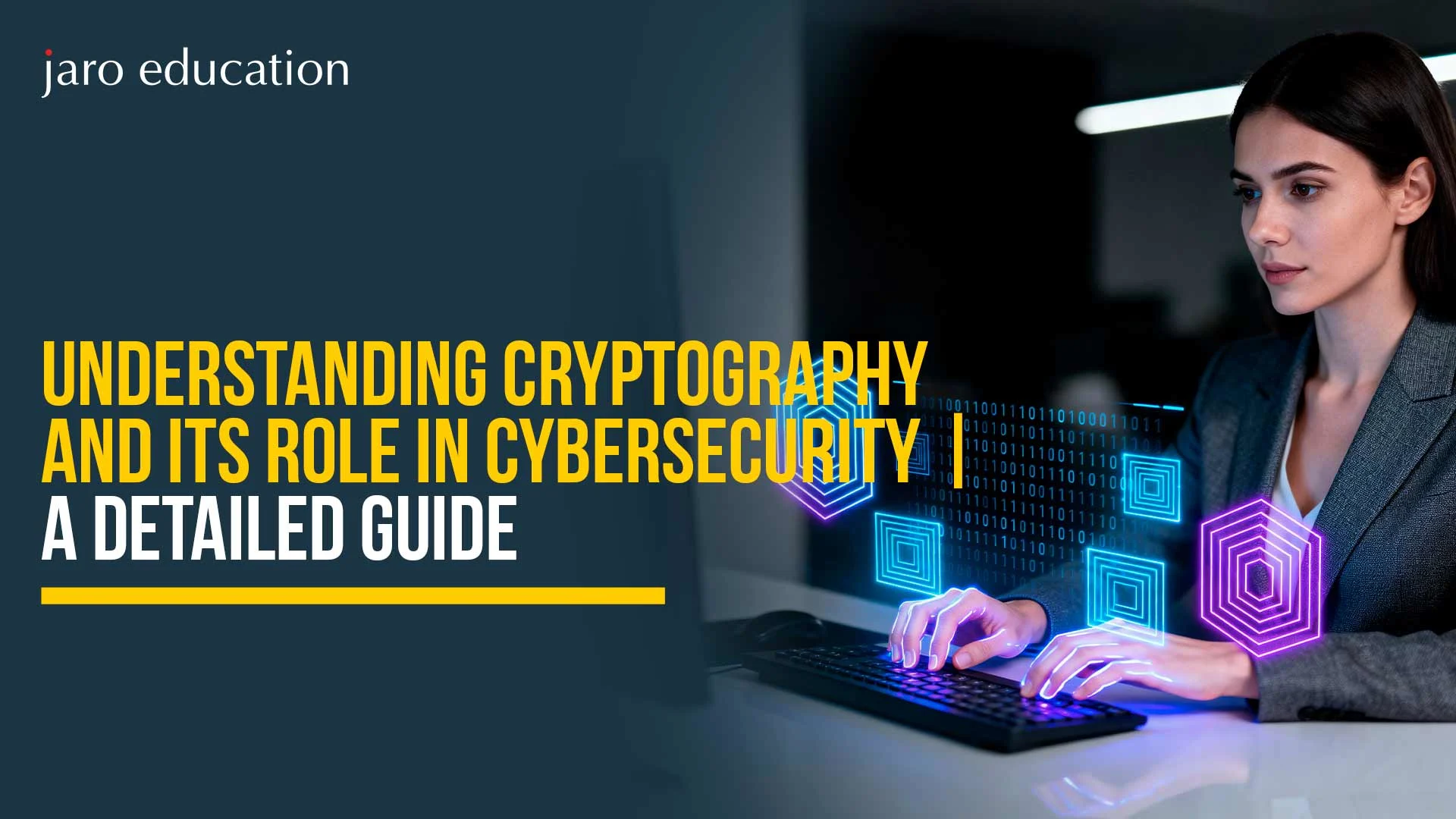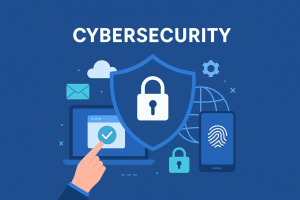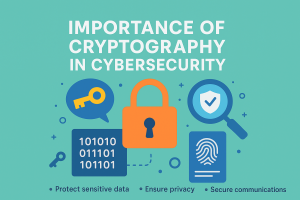
Understanding Cryptography and its Role in Cybersecurity | A Detailed Guide
The need to understand cryptography has become significant in a digital-first world where data breaches, cyber-attacks, and issues of privacy are always on the rise. Organisations and individuals rely increasingly on digital platforms wherein the protection of sensitive information has become key. This creates the rationale for more exploration regarding the role of cybersecurity in protecting communication, transactions, and stored data.
Table Of Content
What is Cryptography?
Types of Cryptography
Importance of Cryptography in Cybersecurity
Examples of Cryptographic Attacks
Be at the forefront of Cybersecurity landscape with Post Graduation Certification in Cyber Security from IIT Palakkad
Conclusion
Frequently Asked Questions
By being aware of how cryptographic methods work, users and businesses can enhance their digital defences to prevent unauthorized access. In the end, studying cryptography and security helps build a more resilient cybersecurity posture in an ever-evolving threat landscape.

What is Cryptography?
Types of Cryptography
1. Symmetric-Key Cryptography:
Symmetric-key cryptography, also known as secret-key cryptography, uses the same key for both encryption and decryption. The sender and receiver share a secret key, which they use to encrypt and decrypt the message. The most common symmetric-key cryptography algorithm is the Advanced Encryption Standard (AES).
2. Public-Key Cryptography:
Public-key cryptography, also known as asymmetric cryptography, uses two keys: a public key and a private key. The sender encrypts the message using the receiver’s public key, and the receiver decrypts the message using their private key. Public-key cryptography is more secure than symmetric-key cryptography because it eliminates the need for sharing a secret key. The most common public-key cryptography algorithm is the RSA algorithm.
Importance of Cryptography in Cybersecurity
1. Secure Communication:
Cryptography is used to secure communication between two parties. The sender encrypts the message, and the receiver decrypts the message using a secret key or a public key. Cryptography ensures that unauthorised parties cannot intercept the message.
2. Authentication:
Cryptography is used for authentication to verify the identities of the sender and receiver. In public-key cryptography, the receiver’s public key is used to verify the sender’s identity. In symmetric-key cryptography, a shared secret key is used to verify the identities of the sender and receiver.
3.Integrity:
Cryptography is used to ensure the integrity of the message. Cryptographic algorithms generate a hash value for the message, which is sent along with the message. The receiver uses the same algorithm to generate a hash value for the received message. If the hash values match, the message has not been altered during transmission.
4. Non-Repudiation:
Cryptography is used for non-repudiation to prevent the sender from denying that they sent the message. In public-key cryptography, the sender signs the message using their private key, and the receiver verifies the signature using the sender’s public key. If the signature is valid, the sender cannot deny that they sent the message.

Examples of Cryptographic Attacks
- One type of attack is known as a brute force attack. This involves trying every possible key until the correct one is found. Cryptographic algorithms with longer keys can make this kind of attack much more difficult.
- Another type of attack is called a man-in-the-middle (MITM) attack. In this scenario, the hacker intercepts messages between two parties and alters them before passing them on. This can be particularly dangerous if the messages contain sensitive information like login credentials or financial data.
- Side-channel attacks involve exploiting weaknesses in hardware or software implementations of cryptographic algorithms by analysing things like power consumption or electromagnetic radiation.
- Cryptographic attacks also include methods such as social engineering and phishing scams, where attackers manipulate people into giving away their passwords or other confidential information.
Understanding these types of cryptographic attacks can help us better protect our sensitive information from hackers who seek to exploit any vulnerability they can find.
Be at the forefront of Cybersecurity landscape with Post Graduation Certification in Cyber Security from IIT Palakkad
The fact that IIT Palakkad, one of India’s most prestigious institutions, is providing this certification in cybersecurity is one of its biggest advantages. This ensures that the programme is of the highest quality and that graduates will have a strong foundation in the field of cybersecurity.
Learners will acquire a deep understanding of cybersecurity and be equipped with the skills and knowledge needed to excel in the field. Additionally, you will receive a certificate from IIT Palakkad.
Enrolling in the Post Graduation Certification in Cyber Security from IIT Palakkad can be a game changer for your career.
Conclusion
In today’s digital age, cryptography is an essential aspect of cybersecurity. It provides a way to secure communication, authenticate users, ensure message integrity, and prevent non-repudiation. The two main types of cryptography are symmetric-key and public-key cryptography. While symmetric-key is faster, public-key is more secure. Cryptography is used in various aspects of cybersecurity, including secure communication, authentication, integrity, and non-repudiation. As the world becomes increasingly digitised, the importance of cryptography in cybersecurity will continue to grow and so will the opportunities in the cybersecurity domain. If cybersecurity is something that piques your interest, the Post Graduation Certification in Cyber Security from IIT Palakkad is something that you should definitely consider.
Frequently Asked Questions

